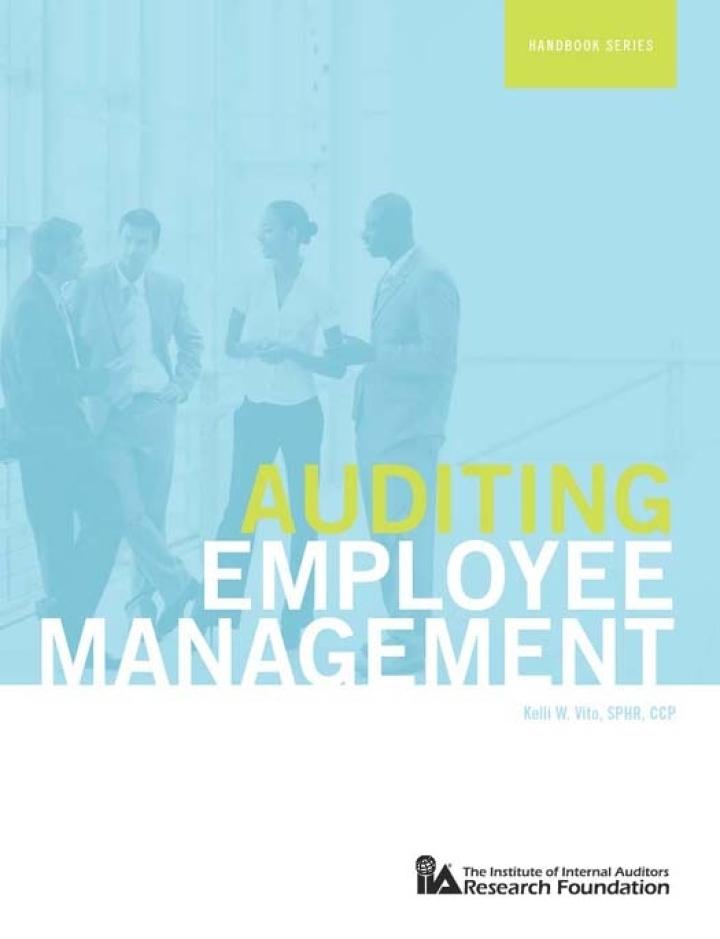B2. The Australian government issues a two-and-a-half vear maturitv $100 face value bond with an annual coupon rate of 3% daid six monthly (i.e, twice a year). The bond is bought initially by Mr Smith at $103 and fourteen months later sold to Mr Carter for $104. Mr Carter keeps the bond until its maturity date. (a) Represent the time line with the cashflow associated with this product from its issue date to its maturity date from the issuer's perspective. On the same diagram, reoresent with an horizontal arrow the investment holding period of Mr Carter. [The diagram must be very precise, in particular with respect to the dates, and nature and value of the various payments] (1.5 marks) (b) Represent the flow of-funds diagram associated with the transaction in the secondary market. (f mark) (c) List the different incomes that Mr Carter gets from the bond as an investor. Explain how they affect his taxes. (0.5 marks) (d) Draw how Mr Carter 's balance sheet is affected at the time he purchases the bond. (1 mark) (e) Instead of buving a government bond Mr Carter enters a buy order for 1,000CBA shares at-limit price $49.570. A few seconds later an at-market sell order comes through A5X for a quantity of 2,000CBA shares. Using the table below that was the central limit order book before the above orders were made, explain whether these two orders will be executed, and if relevant, at which price(s). Describe the resulting changes to the top orders in the central limit orders book, if any. Figure 10.2 CommSec's order depth screen for CBA shares a coMMOWEMTHBNE IPO Comblec Mruin Lendivative ins Markat Death Source: Hunt and Terry (2011). (f) Mr Carter receives $2.000 dividends from CBA. Calculate the income from the dividends that Mr Carter adds to his taxable income, assuming that the corporate tax in Australia has been increased to 36% of the profits, like in Suriname (South America). (1 mark) (g) Calculate how much tax Mr Carter can offset on the basis that the company has already paid corporate taxes on his behalf on the profits. (1 mark) B2. The Australian government issues a two-and-a-half vear maturitv $100 face value bond with an annual coupon rate of 3% daid six monthly (i.e, twice a year). The bond is bought initially by Mr Smith at $103 and fourteen months later sold to Mr Carter for $104. Mr Carter keeps the bond until its maturity date. (a) Represent the time line with the cashflow associated with this product from its issue date to its maturity date from the issuer's perspective. On the same diagram, reoresent with an horizontal arrow the investment holding period of Mr Carter. [The diagram must be very precise, in particular with respect to the dates, and nature and value of the various payments] (1.5 marks) (b) Represent the flow of-funds diagram associated with the transaction in the secondary market. (f mark) (c) List the different incomes that Mr Carter gets from the bond as an investor. Explain how they affect his taxes. (0.5 marks) (d) Draw how Mr Carter 's balance sheet is affected at the time he purchases the bond. (1 mark) (e) Instead of buving a government bond Mr Carter enters a buy order for 1,000CBA shares at-limit price $49.570. A few seconds later an at-market sell order comes through A5X for a quantity of 2,000CBA shares. Using the table below that was the central limit order book before the above orders were made, explain whether these two orders will be executed, and if relevant, at which price(s). Describe the resulting changes to the top orders in the central limit orders book, if any. Figure 10.2 CommSec's order depth screen for CBA shares a coMMOWEMTHBNE IPO Comblec Mruin Lendivative ins Markat Death Source: Hunt and Terry (2011). (f) Mr Carter receives $2.000 dividends from CBA. Calculate the income from the dividends that Mr Carter adds to his taxable income, assuming that the corporate tax in Australia has been increased to 36% of the profits, like in Suriname (South America). (1 mark) (g) Calculate how much tax Mr Carter can offset on the basis that the company has already paid corporate taxes on his behalf on the profits. (1 mark)








